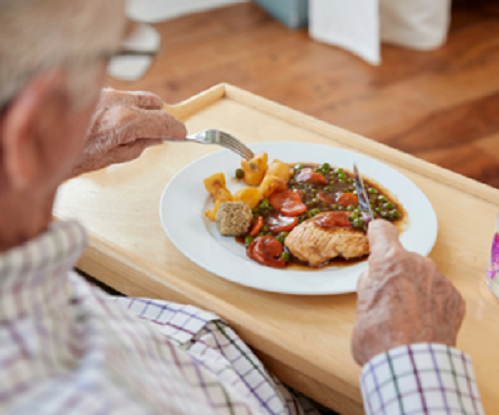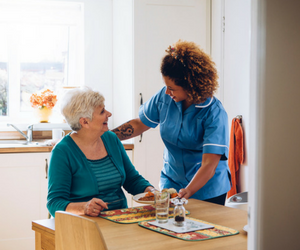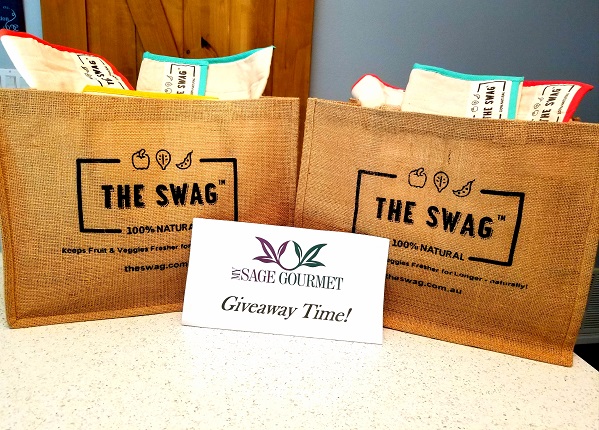Life can get in the way of you doing the things you know you should do to be healthy. Luckily, there are simple hacks you can try to get back—and stay—on track.
As a person who prioritizes wellness, you already know you should prioritize healthy foods, stay hydrated, move your body often and get plenty of sleep for optimal health. But following a healthy lifestyle is a juggling act full of distractions and diversions. Sometimes you drop the ball on healthy habits. You may have to work through lunch and end up eating from the vending machine. Or, you may have trouble falling asleep at night and then fail to get up for your morning exercise class.
It can be tempting to just give up on healthy habits when your plans go awry, but there’s generally something you can do to reroute your course when things get off track. The secret is to address glitches in your wellness routine as they happen rather than letting them spiral into days, weeks or months of derailed healthy habits. Just as one unhealthy action can lead to another, one healthy action can give you the confidence and motivation to tackle other healthy habits.
Here’s help navigating ten real-life scenarios, complete with ways to make the healthy choice the easy choice by having the strategies and tools you need at your fingertips.
INSOMNIA ATTACK
It’s 9 p.m., and you crawl into bed to watch a couple of episodes of your favorite TV show that you downloaded on your tablet. Four episodes later, you decide you’d better get some sleep. After turning off the lights, you toss and turn, struggling to fall asleep. Frustrated, you reach for your tablet and start checking your social media accounts.
Quick fix: Using social media at midnight can be too mentally stimulating. Instead, get up and do something relaxing, such as reading a paper—not digital —book. Or, wind down with an adult coloring book.
Long-term hack: If you binge-watch shows, at least take a break between episodes to give your mind a rest, and turn off all screens at least 30 minutes before bed. Additionally, download f.lux (justgetflux.com) on your tablet and other digital devices to reduce your evening exposure to blue light—wavelengths of light especially prone to suppress your body’s production of melatonin, a hormone that helps you sleep.
SUPPLEMENTS SLIP YOUR MIND
There’s a growing collection of dietary supplements in your cabinet that seem to be collecting dust rather than fortifying your body. You have multivitamins to fill nutritional gaps, vitamin D to boost immunity in the winter months, an omega-3 fish oil pill, a probiotic for gut health, curcumin for inflammation, a bone health supplement and more. You just can’t seem to remember to take them regularly.
Quick fix: Get a pill container that breaks doses into time of day and day of the week. Divvy the pills into the container based on the label instructions or advice from your health practitioner.
Long-term hack: Use your smartphone to create a photo inventory of each supplement bottle, capturing both the front and the Supplement Facts label. Next time you’re considering adding a new supplement to your regimen, cross- check it with what you’re already taking to make sure you’re not duplicating.
TAKING TIME FOR TEETH
During a dental checkup, you’re told you have gingivitis, meaning you have red, swollen gums that bleed easily. Fortunately, it’s a mild form of gum disease that you can likely reverse. Your hygienist reminds you to brush twice a day and floss daily. You’re consistent about brushing but have never mastered the flossing habit. It just seems like such a chore.
Quick fix: Set a goal to floss just one tooth after you brush your teeth tonight, and then celebrate your achievement with a little happy dance. It may sound silly, but it works, according to research by behavior scientist BJ Fogg, PhD, at Stanford University in California. He advises tackling new behaviors by making them so tiny and simple that you can’t help but do them.
Long-term hack: Once you’ve tackled the initial hurdle of starting to floss, every night add another tooth (or more) to your flossing routine. Continue to celebrate your efforts until you’re flossing your entire mouth every night. Try this approach with other new health habits, too. Get tips at tinyhabits.com.
HOME DETOX
You’ve heard that many products used in homes contain ingredients that can potentially harm health and the environment. As you look around your house and take stock of the chemical- laden detergents, hand sanitizers, air fresheners, perfumes, body lotions, hair products, deodorants, soaps, cosmetics and bathroom cleaning agents, you become overwhelmed.
Quick fix: Build your motivation and know-how for ridding your house of potentially toxic products by watching a documentary on the topic, such as stinkmovie.com.
Long-term hack: Decide whether you want to donate products or gradually replace them with natural alternatives as they’re used up. Research clean product choices at ewg.org/guides/cleanersand ewg.org/skindeep, and download an app such as Detox Me at silentspring.org/detoxme to walk you through the process and track your progress.
FAMILY FOOD TIES
You come from a close-knit family and see your parents and adult siblings often. Here’s the rub: Their eating habits don’t mesh with your get-healthy goals. Mealtime gatherings often involve carryout pizza, fried chicken, bratwurst, chips, soda and sugary desserts—so you end up eating such foods a lot more often than you’d like.
Quick fix: The next time your family gathers for a meal, don’t try to change the whole menu, but try to get at least one healthy item on the table. For example, bring a big, leafy-green salad or a colorful tray of fresh fruit to share.
Long-term hack: Invite your family over for meals, and subtly show them how good it can taste to eat healthy. Consider getting them involved in helping you make meals, too. For inspiration, flip through old issues of Delicious Living or peruse recipes at deliciousliving.com, take a cooking class or watch a cooking channel on TV.
FOOT FLARE-UPS ON FLIGHT
Your connecting flight on a cross-country business trip is delayed by two hours. As you walk to your next gate, you notice your shoes are feeling tight and you’re thirsty. Anxious to get off your feet, you head into a Mexican restaurant near your gate and enjoy a margarita with chips and salsa while you wait. After polishing off half the basket of chips, you notice you’re feeling even thirstier than when you sat down and now your ankles are swollen.
Quick fix: The salty snack, alcohol and air travel is a triple whammy to your hydration and increases risk of foot and ankle swelling. Walk around the airport to get the blood flowing in your limbs, fill up your water bottle and drink it while putting your feet up for a bit.
Long-term hack: The day before your next flight, drink plenty of water and limit your sodium intake as much as you can, which will reduce the fluid retention that contributes to swelling. Also, consider starting a supplement of the well- researched pine-bark extract Pycnogenol (take 50 mg three times a day) three days before your next flight to minimize ankle swelling during travel.
CRUMMY-WEATHER WORKOUTS
You love fitness walking outside in the fall, but when the temperature nose-dives you’re prone to put exercise on hold. You live in a small town, so there’s not a mall where you can walk inside. There’s not even a local gym to join. You’d buy a treadmill, but you don’t really have space for it.
Quick fix: Try a walking video you can do in a small space in your home. Check out youtube.com/walkathomemedia to start.
Long-term hack: Though you can exercise indoors in colder months, it’s healthy to get fresh air when you can, too. Dress in weather- appropriate layers, and explore new ways to exercise outside when the sidewalks aren’t clear, such as snowshoeing, cross-country skiing or simply walking in snow boots.
CAFFEINE ADDICT
You work two jobs, take college classes in the evenings and help care for a wheelchair-bound parent. Most of the time you feel frazzled and on edge. You rely on caffeinated drinks to keep you going when you’re tired and stressed. Your doctor says you need to get your blood pressure under better control or you may have to take medication.
Quick fix: Stress and anxiety can increase your body’s excretion of magnesium, a mineral important for controlling blood pressure. Supplement with 300–500 mg of magnesium (such as magnesium glycinate or magnesium citrate) daily in divided doses with meals.
Long-term hack: Drinking highly caffeinated beverages, such as energy drinks, can increase anxiety and blood pressure in some people. Gradually wean off the energy drinks and caffeine, and replace them with a stress-reducing tea, such as ashwagandha or decaffeinated green tea.
THE LUNCH CRUNCH
Your late-morning meeting ran long, leaving you just 5 minutes to eat before your next meeting. Though you planned to visit the salad bar at your local natural foods store, this is no longer an option. With a sigh, you buy a granola bar from the office vending machine. You munch it hungrily and peer at the wrapper, noticing it contains several common GMO ingredients, including sugar, canola oil and soy lecithin.
Quick fix: Though you can’t take back the GMOs you just ate, you can balance out the sugary carbs. Pick up some peanuts at the vending machine to keep your blood sugar from dipping halfway through your next meeting.
Long-term hack: Assemble a lunchtime emergency kit with organic and non- GMO items such as freeze-dried fruits and veggies, grass-fed beef sticks and single-serve nut packs. You’ll be prepared the next time your lunch plans derail.
MOM MISSED HER WORKOUT
As a full-time working mom with young children, your workouts are hit or miss— mostly a miss. Before kids, you used to love going to the gym after work. Now, even if you could manage to get out of the house to exercise in the evening, you’re usually too exhausted to consider it. The mornings aren’t a great option, either, as getting everyone fed, dressed and out the door already feels so chaotic.
Quick fix: The few minutes of extra sleep you get in the morning between hitting the snooze button generally aren’t very restful, so retrain yourself to get up as soon as your alarm goes off the first time. To boost motivation initially, think of something you really love to do—such as reading a novel or watching a reality TV show—and get up to do that first thing in the morning.
Long-term hack: Once you’ve retrained yourself to enjoy getting up earlier, start using the early-morning hours for quick exercise, whether it’s doing a workout video in your living room with the kids or setting up a home gym in your basement. If it’s more motivating, invite another mom to join you—in person or virtually.
Author Credit: Marsha McCulloch, RD
Marsha McCulloch is a registered dietitian and freelance writer.
Art Credit: New Hope Network
This post (or portions of this post) was provided by New Hope Network. I am a member of the New Hope Influencer Co-op, a network of health and wellness bloggers committed to spreading more health to more people.









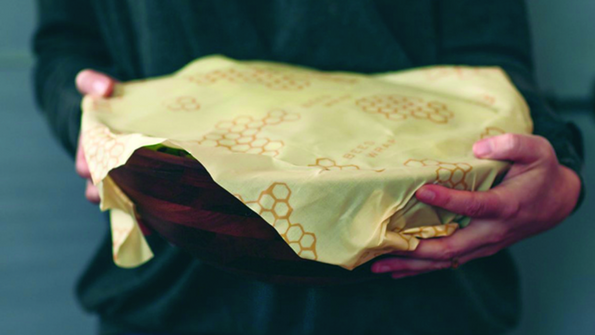
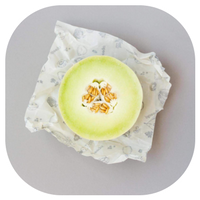
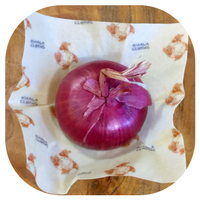

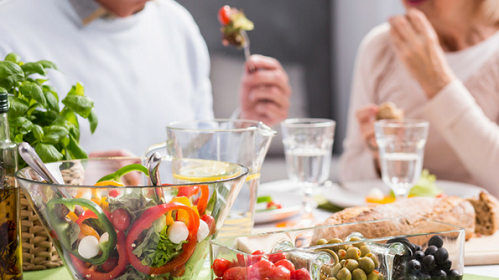
 Getting diagnosed with a gluten sensitivity
Getting diagnosed with a gluten sensitivity
